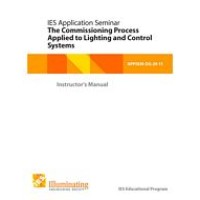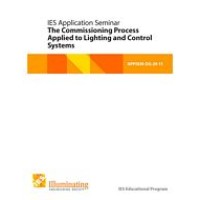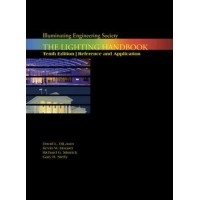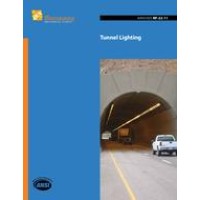This Recommended Practice describes lighting for residential living spaces and other interior spaces where a residential atmosphere is desired, including waiting rooms, reception areas, eating areas, executive suites, and lounges. This Practice defines lighting problems in detail and gives guidance for choosing among possible solutions, but specifies no one "best" solution. Thus, imagination and design originality are championed. The designer is encouraged to create spaces that have a richness and variety of light, with adequate task lighting as well as suitable general illumination. The contribution of sparkle, shadow, and color rendition are considered in creating pleasing and flattering living environments. This Practice also describes design objectives,criteria for the quantity and quality of illumination, lighting methods, types and use of typical equipment, and electrical energy considerations. Topics treated in detail by this Practice include: light and color presenting an explanation of the Munsell System, which specifiescolors in terms of hue, value, and chroma; analysis of common visual tasks giving task descriptions, diagrams, and suggested illuminances for each task; lighting system elements including several pages of tables listing the physical and performance characteristics of incandescent sources and fluorescent sources; lighting equipment for interior spaces covering all manner of standard luminaires and even custom built-ins such as skylights; architecturally integrated lighting illustrating the many common situations where lighting is structurally concealed or built into cabinets; and lighting controls describing switches, relays, dimmers, motion sensors, and carrier current control systems. This Practice also incudes a glossary of those terms frequently used to discuss and specify the lighting for interior living spaces. The lighting design of a space should sustain and complement the lifestyle of the people occupying that space. Life styles vary, so this Practice considers age, personal habits, and income level. Age especially affects lighting levels; higher levels are required as people get older. Changing lifestyles, interests, and personal fortune are seen as the driving force behind certain special lighting needs. Furthermore, the electrical service and construction in many residences require that lighting equipment be portable and/or easily installed and controlled. Thus, flexible lighting system designs are recommended. This Practice suggests that the designer begin selecting light sources and luminaires for interior living spaces only after evaluating the occupants' way of life and the limitations of the space. Evaluation of how optional sources and/or equipment, placements, and controls might affect the end results (and the budget) is the logical next step. The client should always be provided with a maintenance schedule and lamp replacement list. This will help insure that the lighting system continues to perform as originally designed.
 PDF
PDF
All of our standards document are available in PDF (Portable Document Format), an electronic, downloadable format.You will be able to download the file in your account downloads.
 Multi-User Access
Multi-User Access
After purchasing, you have the ability to assign each license to a specific user.
 Printable
Printable
At any time, you are permitted to make printed copies for your and your members' reference use.
 PDF
PDF
 Multi-User Access
Multi-User Access
 Printable
Printable





